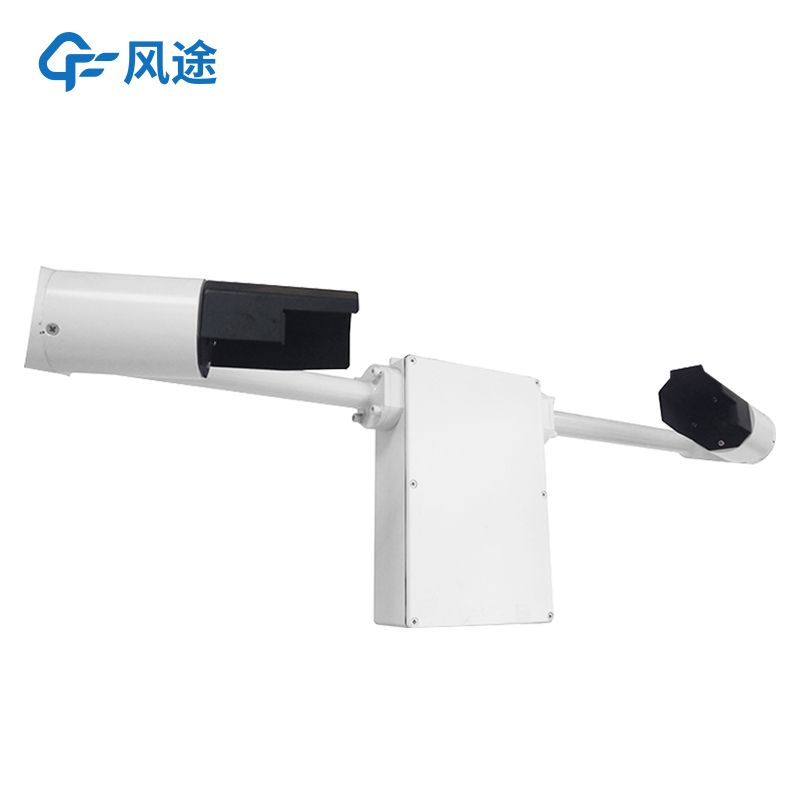Shandong Fengtu IOT Technology Co., Ltd
Sales Manager:Ms. Emily Wang
Cel,Whatsapp,Wechat:+86 15898932201
Email:info@fengtutec.com
Add:No. 155 Optoelectronic Industry Accelerator, Gaoxin District, Weifang, Shandong, China

Sales Manager:Ms. Emily Wang
Cel,Whatsapp,Wechat:+86 15898932201
Email:info@fengtutec.com
Add:No. 155 Optoelectronic Industry Accelerator, Gaoxin District, Weifang, Shandong, China
time:2025-09-16 09:44:57 source:Weather Station viewed:150 time
Atmospheric visibility refers to the maximum horizontal ground distance at which a person with normal vision can clearly see the outline of a target under current weather conditions. As a crucial basis for judging atmospheric environmental conditions, it directly influences our assessments of atmospheric transparency and pollutant distribution. Whether in meteorological monitoring, environmental evaluation, or other scenarios requiring clear visibility, accurate visibility data is indispensable for obtaining precise results. The Atmospheric Visibility Sensor is a device specifically designed to collect such data. With stable performance and reliable measurement results, it has now become the primary tool for acquiring visibility data.
Let’s further explore its working principle. The structural design of this measuring instrument is entirely oriented toward more accurate visibility detection. It is equipped with a stable-performance light-emitting device and a highly sensitive light-receiving device, operating on the principle of 35° forward scattering. When the instrument is in operation, the light-emitting device emits infrared light of a specific wavelength stably at a fixed frequency and intensity. As this infrared light propagates in the air, it passes through a pre-defined fixed-volume air region within the instrument—this region is strictly calibrated to truly reflect the surrounding air conditions.
When the infrared light travels through this region, if it encounters suspended particles in the air (such as dust, pollen), aerosol particles (like fine particles from industrial emissions), or substances such as fog droplets and raindrops, it interacts with them, causing a scattering phenomenon: the infrared light that originally travels in a straight line changes direction and becomes scattered light. Subsequently, the light-receiving device, which forms a 35° angle with the light-emitting device, accurately captures this scattered infrared light. The high-precision detection system inside the instrument analyzes and calculates the intensity of the received scattered light in real time. Through a pre-set algorithm model, it correlates the scattered light intensity with the visibility distance: generally, the stronger the scattered light, the more particles there are in the air, the less transparent the atmosphere, and the shorter the visibility distance; conversely, the longer the visibility distance. Ultimately, the actual current visibility distance can be accurately calculated.
In addition, this instrument is capable of continuous visibility measurement and real-time result output, eliminating the intermittency of manual measurement and avoiding deviations caused by human judgment.

The Small automatic weather station can collect meteorological data in real time, which is crucial for meteorological research and disaster prevention. Now, let's introduce its installation method to you.Preparation before InstallationFirst of all, select a suitable site. Choose an open and flat...
Handheld Weather Stations need continuous upgrades to better meet diverse meteorological monitoring needs. The FT-SQ6+ has been upgraded in multiple aspects compared to its predecessor, the FT-SQ5.First, it offers a richer set of measurement parameters. The FT-SQ6+ adds measurements of average wind...
When we visit some parks and scenic areas, we often see an electronic screen on which real-time meteorological data, as well as negative oxygen ion and PM content, etc. are displayed. This is the Negative oxygen ion monitoring system.The Negative oxygen ion monitoring system can not only monitor the...
With the increasing public awareness of environmental protection and health, air quality has become one of the key indicators for assessing the environmental quality of tourist attractions. Negative oxygen ions, known as the "air vitamin," have a positive impact on human physiological acti...